
Samantha Rohn


In today’s fiercely competitive business landscape, delivering top-notch products or services is just the beginning of building lasting customer relationships. To truly stand out and thrive, businesses must go above and beyond by providing exceptional after-sales service.
From the moment a purchase is made, the journey of a customer with a brand is far from over. This crucial phase, often overlooked, can make or break the entire customer experience.
After-sales service focuses on helping customers get the most out of your product or service after the sale. This includes customer onboarding, continuous training, help desk support and troubleshooting, fixing and replacing defective products, and maintaining self-help support channels.
This article will help you understand after-sales service, learn how to design an after-sales program, and understand common frustrations your customers may face if your after-sales support infrastructure isn’t designed to adapt to your customer’s changing needs.
After-sales service refers to the support and services offered to customers after the point of purchase. This may include technical support, product installation, troubleshooting, maintenance, upgrades, returns/exchanges, warranties, onboarding, community access, and self-help support.
Effective after-sales service fosters customer loyalty, promotes repeat business, and enhances overall customer satisfaction while providing valuable feedback that can be used to improve products and services.
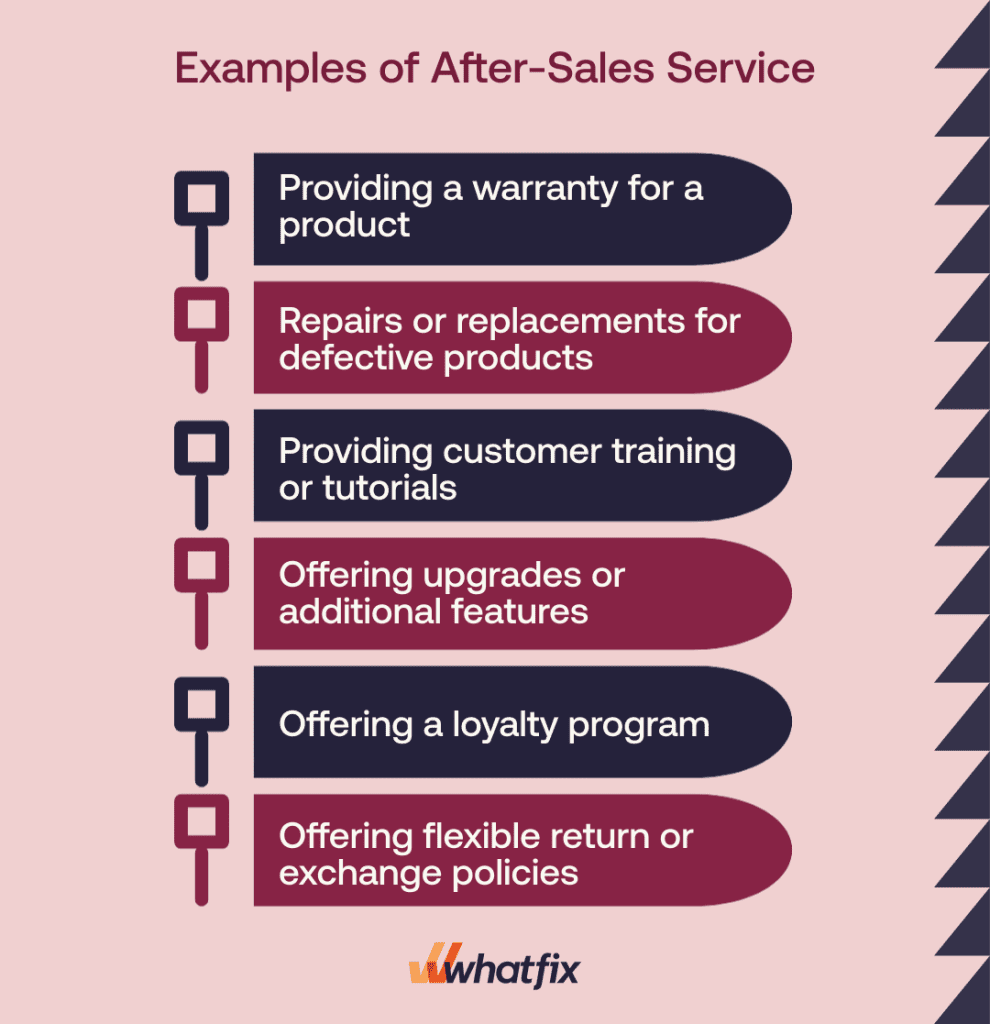
Here are a few common examples of after-sales service offerings:
Your after-sales service experience should focus on helping customers get the most out of your product/service, resolve any unforeseen issues, and achieve their goals for patronizing your business. Here are some objectives to keep in mind that’ll help keep you on track.
Whether you’re creating a help center, FAQ page, knowledge base, or product docs, the secret of excellent after-sales communication is clarity:
The point still holds whether you’re creating after-sales content proactively or training your agents to handle live tickets—figuring out how your product works is enough work; don’t make people suffer trying to use yours.
Be sure to also follow up with your customers after a support-related issue or post-onboarding.
This can be via a scheduled follow-up email, a phone call, a handwritten note, SMS, push notifications, etc. Ideally, you should opt for the channel through which your customer bought your product to increase your chances of hearing back from them.
As we covered before, it’s perfect if you can afford an international support team to ensure customers always get a response 24/7. If not, you need to clearly communicate how long until customers can expect to hear back and any alternative self-help channels they can try until then.
Your after-sales support team needs to know enough about your product to understand your customers’ complaints, no matter how confusing they sound. This is why you need a product knowledge training program to ensure your sales and support teams can provide hands-on support to educate customers and help them troubleshoot issues, even if the standard help manual does not cover them.
After-sales personalization covers a wide range of efforts, as long as it’s targeted on a personal basis:
To make it work, you might need to segment your customers by variables such as their purchase history and demographics, whether you’re trying to enroll them for email campaigns or retarget them with AdRoll or Facebook custom audiences.
You’d want to cover as wide a footprint as possible, with an omnichannel customer support strategy covering all social media channels, phone, SMS, and email support, without overwhelming your team. Thankfully, platforms like Freshworks and Zendesk can help you aggregate all your messaging channels into one dashboard, including Slack, Messenger, etc.
After-sales service can be a powerful tool for building customer relationships, increasing loyalty, and differentiating your business from competitors. However, implementing an effective after-sales service strategy can be challenging.
In this section, we’ll provide six tips for implementing an effective after-sales service strategy that can help you provide exceptional customer service and create a sustainable competitive advantage for your business.
According to a 2019 thought leadership paper by Khoros and Forrester, 83% of customers surveyed felt more loyal to brands that responded to their queries and resolved their issues, while 43% were more likely to patronize them again.
To cultivate an effective after-sales service strategy, your business’s approach towards support needs to change—you need to switch from treating after-sales assistance as a loss leader without a direct link to increased revenues, and start seeing it as a customer acquisition and retention channel.
Focus on fixing customer issues preemptively, quickly, and with empathy. There’s no one lever you can pull to make customer interactions exceptional. Mostly, it boils down to how your agents have been trained to handle questions, resolve issues, and de-escalate angry customers. These include:
Most after-sales support confusions arise when customers have higher expectations than a business has guaranteed to offer, so it’s ideal that you drive the point to reduce disappointment, even before the sale.
No matter the tech you deploy (chatbots, guided walkthroughs, IVRs, etc.), knowledgeable employees that can get into a product/service hands-on will inspire confidence before the sale and defuse frustrated buyers if they contact support.
Even the slightest effort at educating your employees will make them come across as knowledgeable (about your product), empathetic (about customers), and willing to help.
69% of customers first try to resolve issues on their own before contacting support. So, why not let them?
You can use AI-powered chatbots, product documentation, interactive walkthroughs, and pre-recorded demos to guide customers through fixing known issues and reduce the time your support agents spend on repetitive tasks.
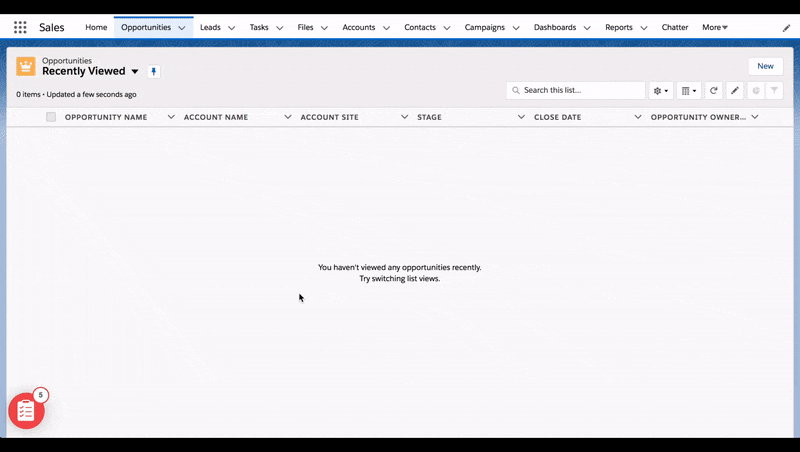
You should also build educational resources for your customers to become product experts and extract additional value from your product or service.
The type of educational resources you share with your users depends on what you’re trying to achieve, which might be to onboard and teach them how to navigate your product or to inspire them with examples from peers in their industry. These include:
You can use machine learning to recommend additional products and enhancements based on your customer’s previous purchases and interests.
After a customer signs up for your product, completes a purchase, or upgrades to a paid tier (i.e., if you’re a subscription business), there are several ways you can use machine learning to find patterns in their previous interaction with your brand and use those to promote other helpful experiences and products, such as:
Create contextual user onboarding flows, drive adoption of new features, and make in-app announcements with Whatfix
Whatfix is a no-code digital adoption platform that enables product managers to create contextual in-app guidance, product-led user onboarding, and self-help user support – all without engineering dependencies. With Whatfix, create branded product tours, user onboarding checklists, interactive walkthroughs, pop-ups, smart tips, and more – all enabling customers and users with contextual guidance at the moment need. With Whatfix, analyze, build, and deliver better user experiences.
You can use customer service platforms that now offer automated tagging solutions that use machine learning to group tickets into buckets. Likewise, you can use product analytics to track the self-help resources your customers visit, how long they spend there, and any signs of frustration that signal your support resources aren’t working for them.
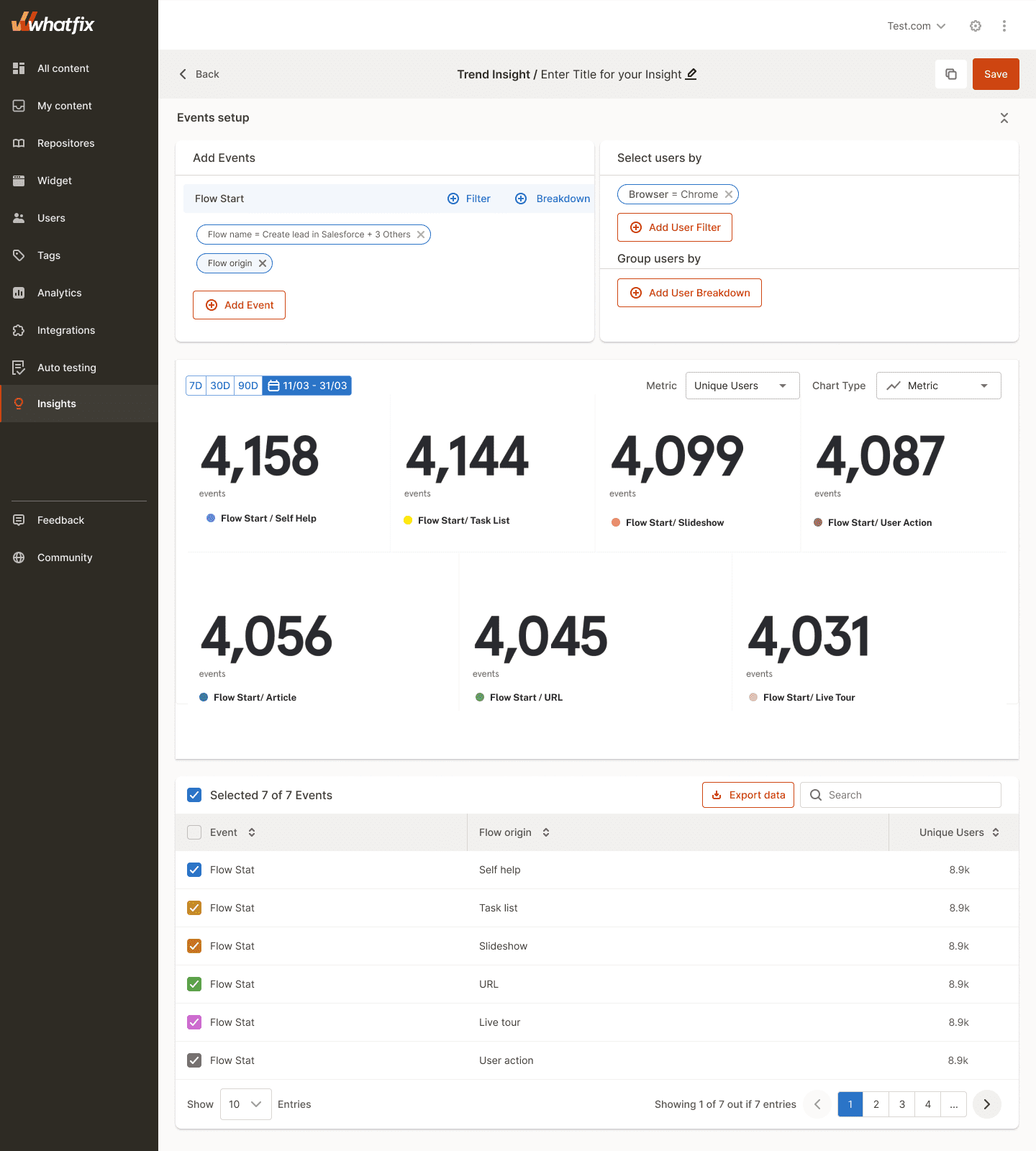
Loyalty perks can range from offering customers a discount on their next purchase to free shipping on certain items to early access to new products, and to exclusive company-branded experiences.
It doesn’t matter how much money or time you invest into getting the program off the ground—your goal is to cultivate a sense of community with your strongest customers so you can turn them into repeat buyers and brand evangelists.
It can be a coupon, t-shirt, handwritten note, or Amazon gift card, but the premise is simple: if you cultivate your customers’ goodwill and genuinely treat them nicely, you’ll be top of mind when they eventually need more of what your business offers.
Bumping customers into a higher tier for free, even for a limited time, will leave an impression.
In practical terms, a free upgrade, an extended trial, or just a sample of your product catalog helps you get your foot in the door—it gives you enough time to impress your customer, gets them to notice the change in their lifestyle (or workflow) your product/service offers, and builds the kind of rapport that leads to positive word-of-mouth.
To take it a step further, pair your surprise upgrade with a check-in/walkthrough/demo to kickstart a conversation and answer any questions your undecided buyers may have.
Paying attention to your after-sales service experience helps you cultivate your customers’ loyalty, improves your brand’s reputation, and helps you better understand your customers. Here are five benefits of an outstanding after-sales service experience.
Contrary to popular opinion, this Gartner research brief claims that customers don’t want you to go above and beyond—they just want low-effort interactions with your business. A customer-centric after-sales service program helps reduce complaints, chargebacks, bad reviews, and poor word-of-mouth, and helps you cultivate a positive brand reputation.
Amazon has developed such a bullet-proof reputation that customers have come to expect a 30-day return window as the default. Likewise, if you check the music community on Facebook & Reddit, Sweetwater (musical equipment retailer) always gets high praise because of the white-glove after-sales service they offer customers, even months after purchases.
According to Bain & Company, increasing your customer retention by just 5% can grow your profits by 25% to 95%. We can draw a straight from after-sales service to a better customer experience, especially since 94% of customers claim that positive customer experiences encourage them to continue buying from the same brand.
As customers cultivate higher expectations for after-sales service, many brands will undoubtedly fall behind. But this is an opportunity to distinguish yours with the promise of responsive returns, generous warranties, and fast replies to support tickets.
If your product/service has feature parity with your major competitors, customers have to narrow down their options by adjacent metrics like support responsiveness, pricing, etc. If you can guarantee that customers will always get the help they need, even after the purchase, it’ll make you a more attractive option.
After-sales service is not just a stopgap solution to de-escalate angry customers—it’s an essential part of the customer discovery process that helps you understand where you could improve your product/services and speed up support with DIY resources. Among others, you can provide your customers with surveys, polls, and questions and track CX metrics like CSAT, customer effort score, and average handle time to help you understand where your customer experience strategy might need to change.
Back in 2011, researchers at Gartner discovered that trying to ‘wow’ customers doesn’t impress them as much as when they can get their issues resolved effortlessly.
In the book, The Effortless Experience, the team found that “loyalty is driven by how well a company delivers on its basic promises and solves day-to-day problems, not on how spectacular its service experience might be. Most customers don’t want to be ‘wowed’; they want an effortless experience.”
Likewise, we can safely assume that any effort customers have to make that doesn’t result in their issues being resolved will only get them aggravated. Here are some of those pitfalls that can irritate your customers after the sale.
According to Zendesk’s 2020 Customer Experience Trends Report, nearly 60% of customers consider long wait times the most frustrating part of the customer experience. Whether it’s because of your limited service hours or poorly trained support reps, long holds will dent your reputation with customers and reduce the likelihood they’ll patronize you again.
This poll of 5k respondents shows that 27% of American consumers consider ineffective support the lowest an interaction can get—while you might save a few bucks staffing your support team with untrained agents, it will hurt your brand once customers form a negative opinion about your business.
A large percentage of customers prefer phone and email support – 59% and 57% respectively, according to Salesforce. That’s mainly because they expect they can connect with a live agent immediately. Or, in the case of email, they know they can drop a message asynchronously and hear back when it’s convenient for your support. Additionally, there are over a billion email and mobile phone users – a demographic that no doubt includes most or all of your existing customers.
Not supporting these channels adds more hoops for customers to jump through to contact your help team and will reduce tickets as predictably as it hurts your CSAT score.
According to the Statista poll we quoted above, slow responses are the second-highest cause of frustration with customer support, right behind ineffectiveness. Even if you make customers wait, explain how long they should expect to wait before hearing back, and make sure you offer a wide variety of self-help content to fill the gap.
By the time a customer complains about an issue with your product, you’re already on poor footing—the best way to salvage the situation and increase the chances of getting their business another time would be to fix or replace the faulty unit(s). Otherwise, you’ll waste your customers’ time shipping products back and forth, disputing your replacement warranty, and maybe even exposing your business to legal liability if they decide to drag you to small claims court.
If customers feel like they are not adequately protected in the event of a defect or malfunction, they may be less likely to make a purchase, or may choose to patronize a competitor instead. This leads to a decline in sales, revenues, and customer loyalty.
To avoid this, your warranty policies should be clear and detailed, with any exceptions spelled out clearly at purchase so that customers don’t feel cheated by the fine print if they need to swap a product or file for a refund.

GARTNER – THE EFFORTLESS EXPERIENCE
Here are seven key metrics for measuring after-sales success:
A customer satisfaction rating is just one of several customer experience metrics covered at Whatfix. It’s designed like a net promoter survey, but it’s usually asked after a purchase, upsell, or a customer’s interaction with your after-sale support team.
Your repeat purchase rate measures the percentage of your customers who return to patronize your business again after the initial purchase.
This refers to customers that start patronizing your business as a result of positive word-of-mouth and 1:1 references from their network. Obviously, if your customers are satisfied with your product enough to recommend it, you can safely assume your after-sale service model is working effectively.
NPS measures how likely your existing customers are to recommend your product/service to their network on a scale of 0 (not likely at all) to 10 (extremely likely).
Customer retention rate (CRR) measures the percentage of your (paying) customers who stick around after a period of time. It’s often used by SaaS & digital product businesses where users are more likely to convert the longer they use a product.
To calculate your CRR, you need to:
Average time-to-resolution measures how long it takes to resolve a customer’s query, from the moment they open a ticket until it’s closed. It’s the same as your time-to-resolution, but it’s calculated for your entire customer base.
First contact resolution (FCR) rate measures the number of support tickets that are resolved during the first interaction with a customer without having to be escalated to different agents or channels (email, phone, social media, etc.).

SurveyMonkey helps you create, share, and track responses to your after-sales surveys. It’s more than just a survey platform, allowing you to:
You can use SurveyMonkey as a standalone solution, embed it in the rest of your customer experience stack (helpdesk, wiki software, etc.), or even share it on social media (e.g., Facebook), using tools such as the platform’s Facebook Collector.

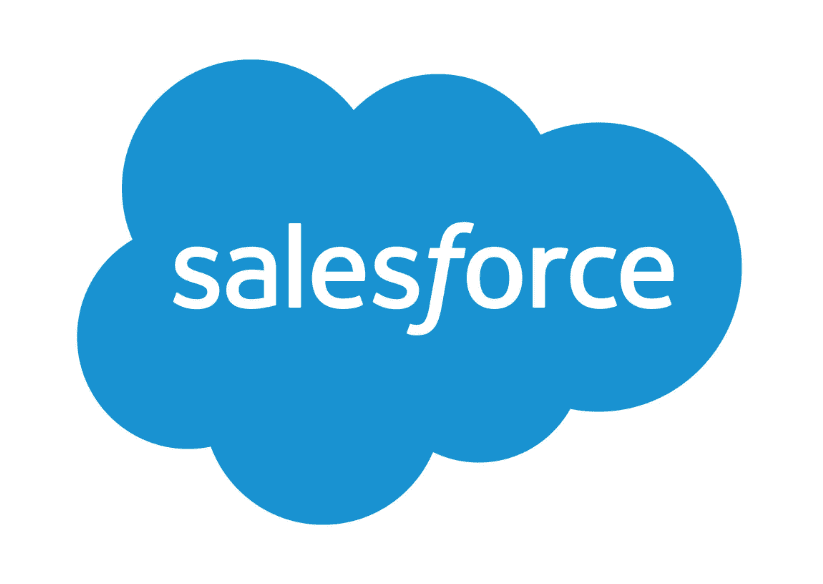
Salesforce is mainly known for its enterprise CRM suite designed for growing teams. But, the platform is a 360-degree growth engine that offers:
On the surface, Salesforce has a perfectly reasonable price tag. Still, once your company grows to the point where you can maximize the value the platform offers, you’ll have to invest significantly more into their platform, both in cash and training time.
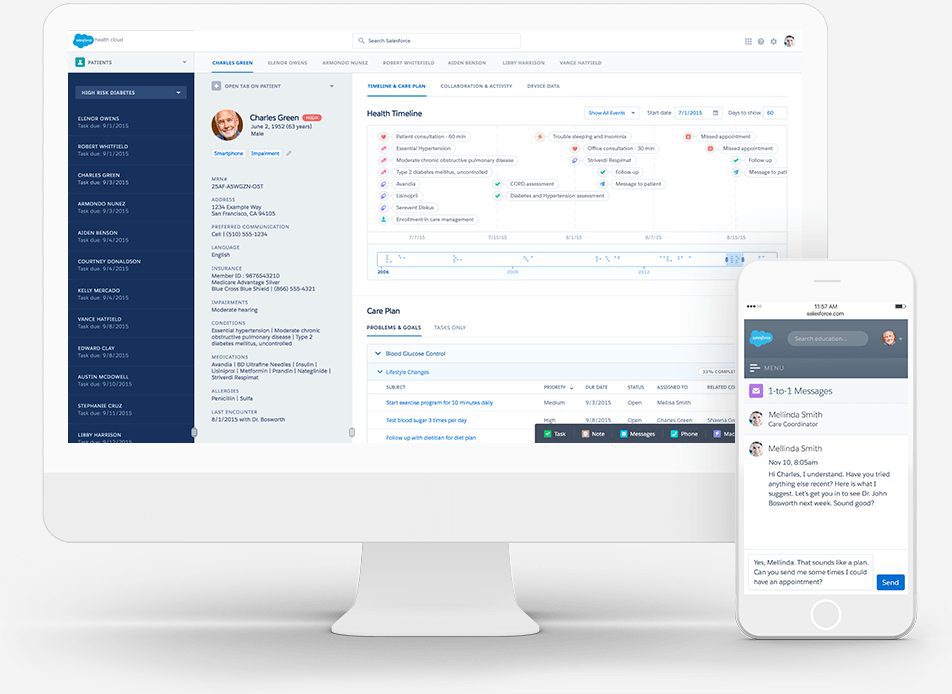

Freshdesk makes it easy to manage the after-sales support process easily with detailed customer profiles, all-in-one-place conversations, and simple feedback tools.


Intercom helps support teams resolve customer tickets faster, aggregate customer interactions (Twitter, Instagram, SMS, etc.) in one place, and reduce repetitive tickets with AI-powered answers and suggested articles.
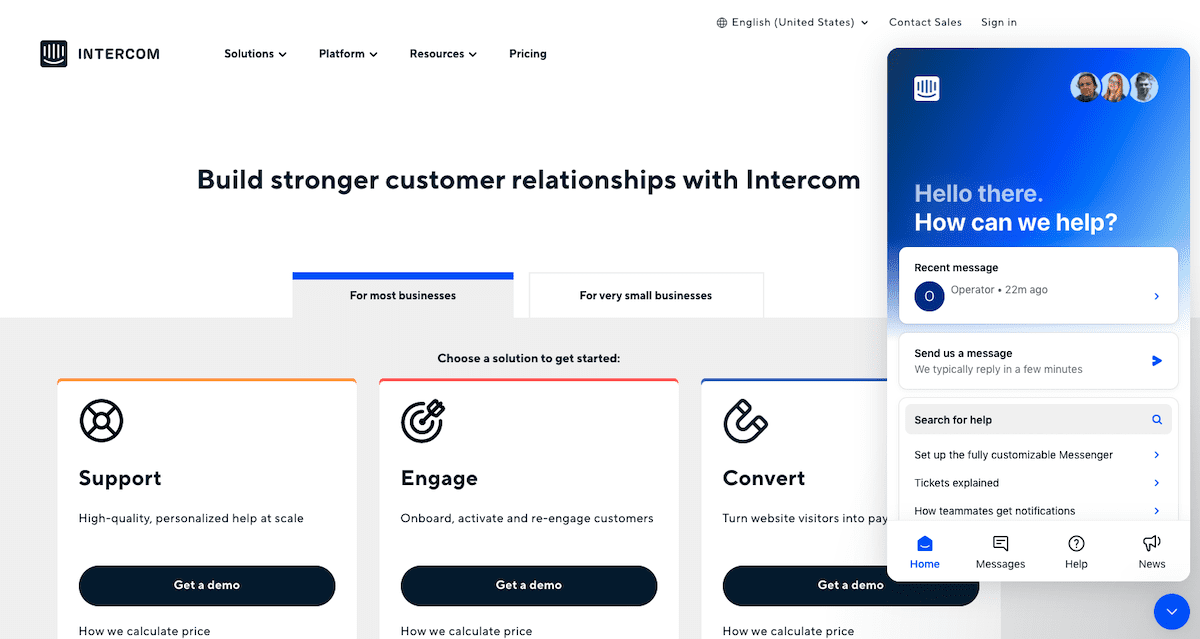

Whatfix is a digital adoption platform (DAP) that helps make your products, applications, and websites easy to use. Our platform uses contextual onboarding tools to teach users how your product works and reduce pressure on your support team.
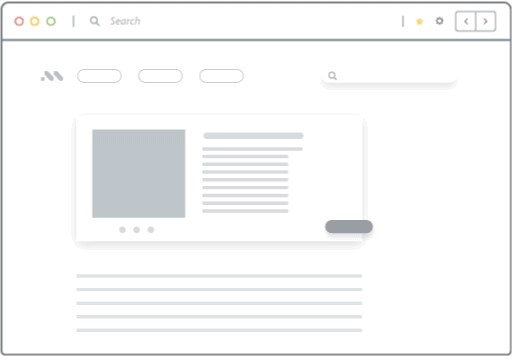
Instead of waiting until your customers raise issues with your product, what if you preemptively answered the questions?
That’s what Whatfix solves—the platform helps digital businesses nudge customers and coach them step-by-step with contextual onboarding tools, product tours, and UX highlights such as tooltips, hotspots, and beacons.
Learn how Whatfix can transform your after-sales service with a second brain for teaching your customers on-demand.

Thank you for subscribing!